Md. Ali Hossain
TaLU: A Hybrid Activation Function Combining Tanh and Rectified Linear Unit to Enhance Neural Networks
May 19, 2023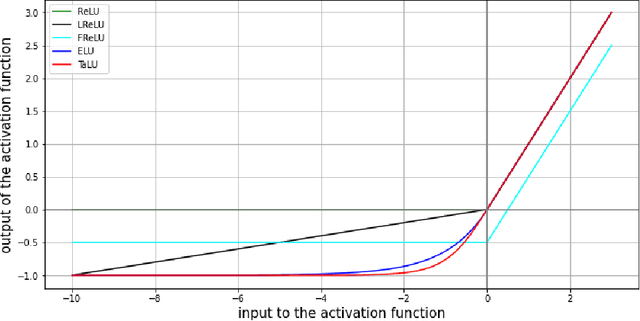
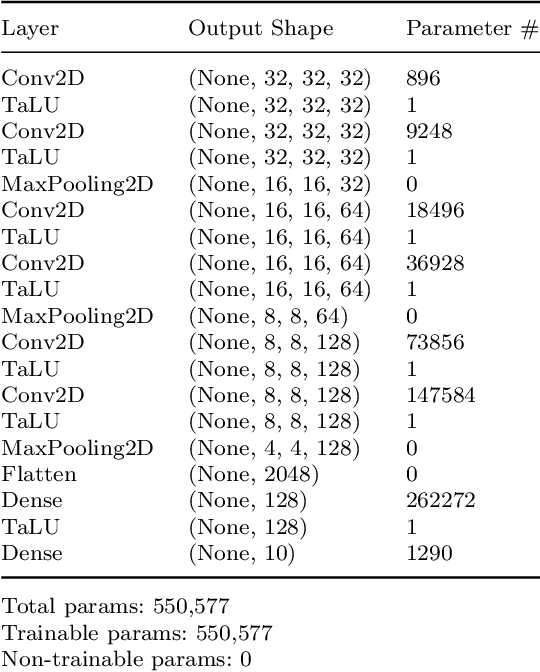
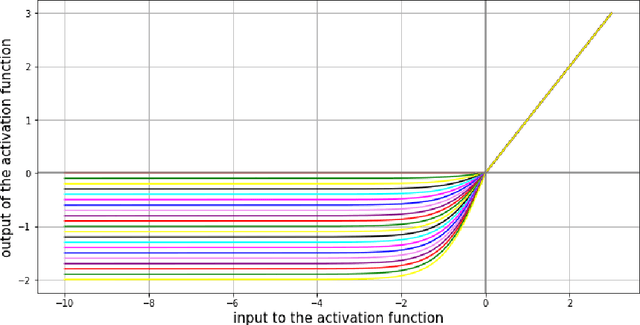
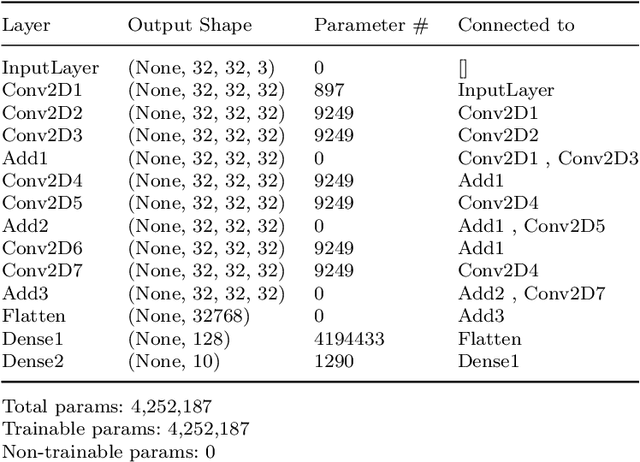
Abstract:The application of the deep learning model in classification plays an important role in the accurate detection of the target objects. However, the accuracy is affected by the activation function in the hidden and output layer. In this paper, an activation function called TaLU, which is a combination of Tanh and Rectified Linear Units (ReLU), is used to improve the prediction. ReLU activation function is used by many deep learning researchers for its computational efficiency, ease of implementation, intuitive nature, etc. However, it suffers from a dying gradient problem. For instance, when the input is negative, its output is always zero because its gradient is zero. A number of researchers used different approaches to solve this issue. Some of the most notable are LeakyReLU, Softplus, Softsign, ELU, ThresholdedReLU, etc. This research developed TaLU, a modified activation function combining Tanh and ReLU, which mitigates the dying gradient problem of ReLU. The deep learning model with the proposed activation function was tested on MNIST and CIFAR-10, and it outperforms ReLU and some other studied activation functions in terms of accuracy(upto 6% in most cases, when used with Batch Normalization and a reasonable learning rate).
Implementation Of Back-Propagation Neural Network For Isolated Bangla Speech Recognition
Aug 17, 2013
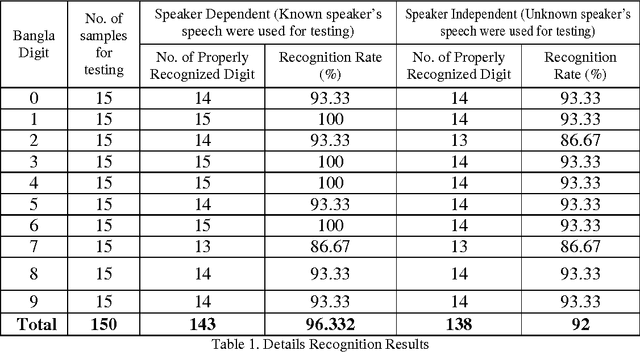
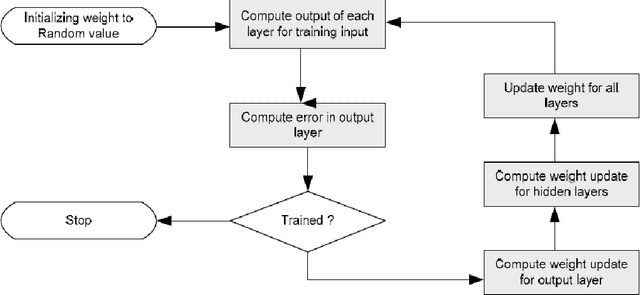

Abstract:This paper is concerned with the development of Back-propagation Neural Network for Bangla Speech Recognition. In this paper, ten bangla digits were recorded from ten speakers and have been recognized. The features of these speech digits were extracted by the method of Mel Frequency Cepstral Coefficient (MFCC) analysis. The mfcc features of five speakers were used to train the network with Back propagation algorithm. The mfcc features of ten bangla digit speeches, from 0 to 9, of another five speakers were used to test the system. All the methods and algorithms used in this research were implemented using the features of Turbo C and C++ languages. From our investigation it is seen that the developed system can successfully encode and analyze the mfcc features of the speech signal to recognition. The developed system achieved recognition rate about 96.332% for known speakers (i.e., speaker dependent) and 92% for unknown speakers (i.e., speaker independent).
* 9 pages, 3 figures, 1 table
Implementation of Radon Transformation for Electrical Impedance Tomography (EIT)
Oct 16, 2012



Abstract:Radon Transformation is generally used to construct optical image (like CT image) from the projection data in biomedical imaging. In this paper, the concept of Radon Transformation is implemented to reconstruct Electrical Impedance Topographic Image (conductivity or resistivity distribution) of a circular subject. A parallel resistance model of a subject is proposed for Electrical Impedance Topography(EIT) or Magnetic Induction Tomography(MIT). A circular subject with embedded circular objects is segmented into equal width slices from different angles. For each angle, Conductance and Conductivity of each slice is calculated and stored in an array. A back projection method is used to generate a two-dimensional image from one-dimensional projections. As a back projection method, Inverse Radon Transformation is applied on the calculated conductance and conductivity to reconstruct two dimensional images. These images are compared to the target image. In the time of image reconstruction, different filters are used and these images are compared with each other and target image.
* 12 pages
 Add to Chrome
Add to Chrome Add to Firefox
Add to Firefox Add to Edge
Add to Edge